Home>Storage & Organization>Closet & Wardrobe Organization>How To Organize Lots Of Clothes
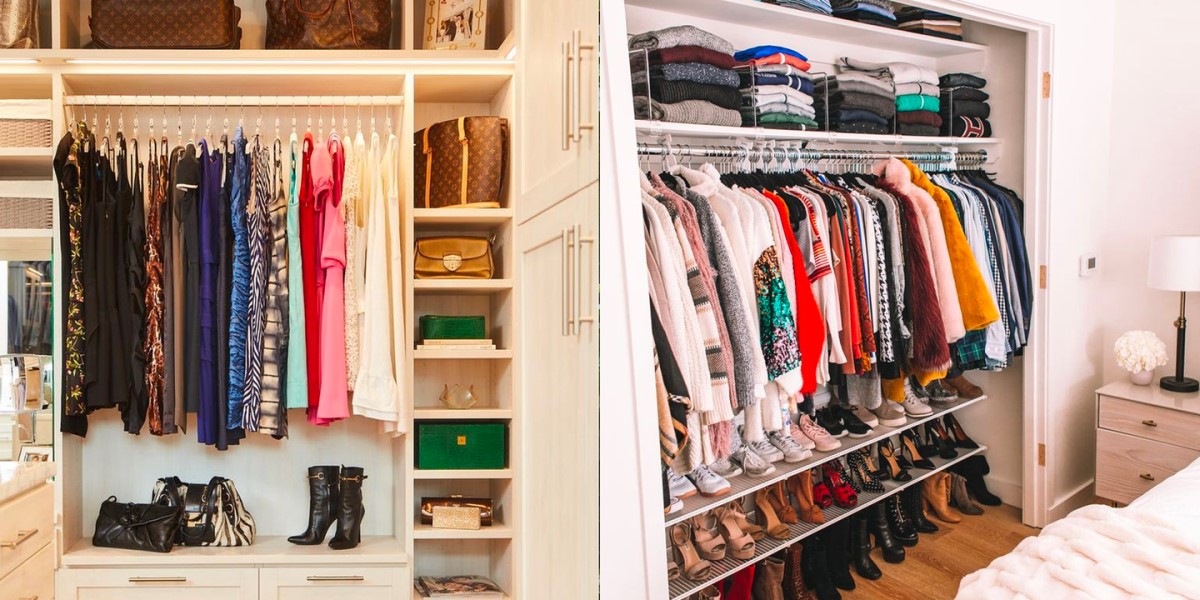

Closet & Wardrobe Organization
How To Organize Lots Of Clothes
Published: March 2, 2024
Learn effective strategies for closet and wardrobe organization to manage a large clothing collection. Discover practical tips for decluttering and maximizing storage space.
(Many of the links in this article redirect to a specific reviewed product. Your purchase of these products through affiliate links helps to generate commission for Storables.com, at no extra cost. Learn more)
Tips for Sorting Clothes by Category
Sorting clothes by category is an essential step in organizing lots of clothes effectively. By categorizing your clothes, you can easily locate specific items and maintain a clutter-free wardrobe. Here are some tips for sorting clothes by category:
-
Separate by Type: Begin by separating your clothes into different types, such as tops, bottoms, dresses, outerwear, and accessories. This initial step will help you gain a clear overview of your wardrobe and make it easier to organize.
-
Organize by Season: Consider sorting your clothes by season to streamline your wardrobe. Keep your current season's clothing easily accessible, while storing off-season items in a separate space. This approach helps to declutter your closet and makes it simpler to find the clothes you need.
-
Group by Occasion: Another effective way to categorize clothes is by occasion. Create sections for casual wear, work attire, formal wear, and workout clothes. This method allows you to quickly identify the right outfit for any event or activity.
-
Arrange by Color: Once you've sorted your clothes by type, consider arranging them by color within each category. This not only creates an aesthetically pleasing display but also makes it effortless to coordinate outfits and locate specific garments.
-
Sort by Usage Frequency: To optimize your wardrobe, separate clothes based on how frequently you wear them. Keep everyday essentials within easy reach, while storing occasional or seasonal items in less accessible areas.
By implementing these tips for sorting clothes by category, you can transform your closet into a well-organized space that simplifies your daily routine and enhances your overall dressing experience.
Key Takeaways:
- Keep your closet organized by sorting clothes into categories like type, season, occasion, color, and usage frequency. This makes it easier to find what you need and maintain a clutter-free wardrobe.
- Maximize your closet space with quality hangers, shelf dividers, closet rods, and hanging organizers. Utilize drawer dividers, under-bed storage, and clear bins to keep your clothes neatly arranged and easily accessible.
Utilizing Closet Organizers and Storage Solutions
When it comes to managing a large volume of clothes, utilizing closet organizers and storage solutions is crucial for maintaining an orderly and efficient wardrobe. Here are some effective strategies for maximizing your closet space and keeping your clothes well-organized:
-
Invest in Quality Hangers: Upgrade your hangers to slim, non-slip varieties to maximize hanging space and prevent clothes from slipping off. Consider using velvet hangers for delicate fabrics to prevent stretching and maintain the shape of your garments.
-
Use Shelf Dividers: If your closet has shelves, consider using shelf dividers to separate stacks of folded clothes. This prevents items from toppling over and creates a neater, more organized appearance.
-
Install Closet Rods and Hooks: Increase hanging space by installing additional closet rods or hooks. This allows you to hang more clothes within the same area, making it easier to sort and access your garments.
-
Utilize Over-the-Door Organizers: Over-the-door organizers are versatile storage solutions that can hold shoes, accessories, or small clothing items. They make efficient use of space and keep frequently used items easily accessible.
-
Incorporate Drawer Dividers: For clothing stored in drawers, use dividers to separate different types of garments. This prevents items from becoming jumbled together and makes it easier to locate specific pieces without creating a mess.
-
Consider Under-Bed Storage: If space allows, under-bed storage containers are ideal for storing off-season clothing or items that are infrequently used. This maximizes space in your closet and keeps your wardrobe streamlined.
-
Use Clear Storage Bins: Transparent storage bins are useful for storing items such as scarves, belts, or seasonal accessories. Being able to see the contents at a glance makes it easier to find what you need without rummaging through multiple containers.
By implementing these closet organizers and storage solutions, you can make the most of your available space and keep your clothes neatly arranged. This not only simplifies your daily routine but also helps preserve the condition of your garments, ensuring that your wardrobe remains organized and functional.
Implementing a Regular Decluttering Routine
Regular decluttering is essential for maintaining an organized wardrobe and preventing clothes from accumulating unnecessarily. By implementing a regular decluttering routine, you can effectively manage a large volume of clothes and ensure that your closet remains tidy and functional. Here's how to establish and maintain a regular decluttering routine for your wardrobe:
-
Set a Schedule: Designate specific times throughout the year for decluttering your wardrobe. This could coincide with the change of seasons or be scheduled bi-annually. Setting a regular schedule ensures that decluttering becomes a consistent part of your routine.
-
Evaluate Each Item: When decluttering, carefully evaluate each item of clothing. Consider factors such as whether the item still fits, if it's been worn in the past year, and if it's still in good condition. If the answer is no to any of these questions, it may be time to part with the item.
-
Donate or Discard Unwanted Items: Create separate piles for items you want to donate, sell, or discard. Be honest with yourself about whether you are likely to wear certain items in the future. If not, it's best to let them go and free up space in your wardrobe.
-
Organize as You Declutter: As you go through your clothes, take the opportunity to reorganize your closet. Group similar items together and ensure that everything is neatly arranged. This will make it easier to identify any redundancies and streamline your wardrobe.
-
Rotate Seasonal Items: When decluttering, take the opportunity to rotate seasonal items in and out of your main wardrobe space. Store off-season clothing in a separate area to free up space for current season items.
-
Maintain a "One In, One Out" Policy: To prevent your wardrobe from becoming overcrowded, consider adopting a "one in, one out" policy. For every new item you acquire, commit to removing an older item to maintain a balanced and manageable wardrobe.
By implementing a regular decluttering routine, you can stay on top of your wardrobe organization and prevent it from becoming overwhelmed with unnecessary items. This proactive approach ensures that your closet remains functional, well-organized, and tailored to your current style and needs.
Maximizing Vertical Space with Hanging Organizers
When it comes to optimizing the storage capacity of your closet, maximizing vertical space with hanging organizers is a game-changer. By utilizing the vertical dimension of your closet, you can effectively store a large volume of clothes while keeping them easily accessible. Here are some effective strategies for maximizing vertical space with hanging organizers:
-
Use Cascading Hangers: Cascading hangers are a fantastic space-saving solution for maximizing vertical space. These hangers feature multiple tiers, allowing you to hang several garments in the space typically occupied by one hanger. This is particularly useful for organizing items like blouses, skirts, or trousers.
-
Install Hanging Shelves: Hanging shelves or fabric organizers can be suspended from the closet rod to create additional storage space. These shelves are ideal for storing folded clothes, accessories, or shoes, and they make efficient use of the vertical area in your closet.
-
Utilize Hanging Shoe Organizers: Hanging shoe organizers are not just for shoes – they can also be used to store a variety of clothing items. From scarves and belts to t-shirts and sweaters, these versatile organizers provide vertical storage while keeping your belongings neatly separated and easily visible.
-
Invest in Multi-Level Hangers: Multi-level hangers are designed to maximize vertical space by allowing you to layer multiple garments on a single hanger. This is especially useful for coordinating outfits or grouping items together, such as a top and matching bottoms, within a compact vertical space.
-
Consider Hanging Closet Organizers: Hanging closet organizers typically feature compartments or pockets that can be used to store a wide range of items, from socks and underwear to accessories and small clothing items. These organizers can be hung from the closet rod, providing convenient vertical storage without taking up valuable shelf or drawer space.
By incorporating these hanging organizers into your closet, you can effectively utilize the vertical space available, making it easier to keep a large volume of clothes neatly organized and easily accessible. This not only maximizes the storage capacity of your closet but also contributes to a more streamlined and efficient wardrobe organization system.
Folding and Storing Clothes Efficiently in Drawers
Efficiently folding and storing clothes in drawers is essential for maximizing space and maintaining an organized wardrobe. By utilizing proper folding techniques and strategic drawer organization, you can ensure that your clothes remain tidy and easily accessible. Here's how to fold and store clothes efficiently in drawers:
Utilize Vertical Folding Methods
When it comes to folding clothes for drawer storage, utilizing vertical folding methods can significantly optimize space. Techniques such as the KonMari method, which involves folding clothes into compact rectangles, allow you to store items upright, maximizing the use of drawer space and making it easier to see and access each garment.
Categorize and Separate Clothing Items
To maintain an organized drawer, categorize and separate clothing items into distinct sections. For example, designate separate areas for tops, bottoms, undergarments, and accessories. This approach not only makes it easier to locate specific items but also prevents clothes from becoming jumbled together, ensuring that your drawers remain neatly organized.
Invest in Drawer Organizers
Drawer organizers, such as dividers and small storage bins, are invaluable for keeping folded clothes in place and preventing them from shifting within the drawer. These organizers create designated compartments for different clothing categories, allowing you to maintain a structured and orderly drawer layout.
Fold Delicate Items Carefully
When folding delicate or easily wrinkled items, such as silk blouses or knitwear, take extra care to fold them gently and avoid creating creases. Consider using acid-free tissue paper to layer between delicate garments, providing additional protection and preventing friction-induced damage.
Read more: How To Store A Lot Of Shoes
Rotate Clothing Items Regularly
To prevent certain items from being forgotten or overlooked, rotate the placement of clothing items within the drawers periodically. This ensures that all items receive equal visibility and usage, preventing clothes from being buried at the bottom of the drawer and forgotten over time.
Consider Drawer Fragrance Solutions
To keep your clothes smelling fresh and pleasant, consider incorporating drawer fragrance solutions, such as sachets or scented drawer liners. These not only add a delightful aroma to your clothing but also help deter musty odors and maintain a pleasant environment within the drawers.
By implementing these strategies for folding and storing clothes efficiently in drawers, you can make the most of your available storage space and ensure that your clothes remain neatly organized and easily accessible. This approach not only streamlines your daily routine but also contributes to the longevity and condition of your garments.
Creating a System for Seasonal Rotation of Clothes
Creating a system for seasonal rotation of clothes is a practical approach to managing a large wardrobe and optimizing space throughout the year. By implementing a structured rotation system, you can ensure that your current season's clothing is easily accessible while safely storing off-season items. Here's how to establish and maintain a seasonal rotation system for your clothes:
Assess Your Wardrobe
Begin by assessing your entire wardrobe to identify the clothing items suitable for each season. Separate your clothes into categories based on their seasonal relevance, such as summer, fall, winter, and spring. This initial step provides a clear overview of the items you own and helps determine the storage needs for each season.
Storage Preparation
Once you've categorized your clothes by season, prepare a designated storage area for off-season items. This could be a section of your closet, under-bed storage containers, or a separate storage space. Ensure that the storage area is clean, dry, and well-ventilated to maintain the condition of your clothes while they are not in use.
Sort and Pack
Carefully sort through the off-season clothing items and pack them neatly for storage. Use clear storage bins or vacuum-sealed bags to protect the clothes from dust, moisture, and pests. Label each container with the corresponding season to facilitate easy retrieval when the time comes to rotate your wardrobe.
Implement Rotation Schedule
Establish a regular schedule for rotating your seasonal wardrobe. This could coincide with the change of seasons or be scheduled bi-annually. As the seasons transition, take the opportunity to swap out the current season's clothing with the appropriate items from storage, ensuring that your wardrobe remains tailored to the current weather and activities.
Evaluate and Refresh
When rotating your wardrobe, take the opportunity to evaluate the condition and relevance of each item. Consider whether certain pieces need cleaning, repairs, or alterations before being reintroduced into your current season's wardrobe. This process ensures that your clothes remain in good condition and ready to wear.
Read more: What Are Infill Lots
Donate or Discard Unwanted Items
As you rotate your wardrobe, assess whether there are any off-season items that no longer align with your style or needs. If certain items no longer serve a purpose, consider donating or discarding them to prevent unnecessary clutter in your storage space and streamline your wardrobe for the upcoming season.
Maintain Seasonal Accessibility
Throughout the year, maintain easy access to your current season's clothing by organizing them prominently in your closet or dresser. This ensures that you can effortlessly select and coordinate outfits without having to sift through off-season items, contributing to a more efficient and enjoyable dressing experience.
By creating a system for seasonal rotation of clothes, you can effectively manage a large volume of clothing while ensuring that your wardrobe remains organized, functional, and tailored to your current needs. This proactive approach not only optimizes space but also contributes to the longevity and condition of your garments, enhancing the overall efficiency and enjoyment of your wardrobe.
Frequently Asked Questions about How To Organize Lots Of Clothes
Was this page helpful?
At Storables.com, we guarantee accurate and reliable information. Our content, validated by Expert Board Contributors, is crafted following stringent Editorial Policies. We're committed to providing you with well-researched, expert-backed insights for all your informational needs.

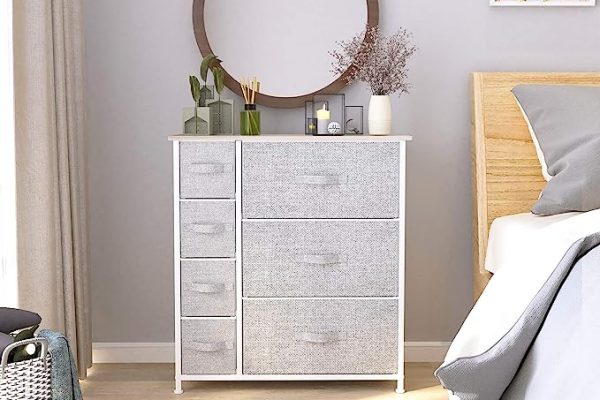
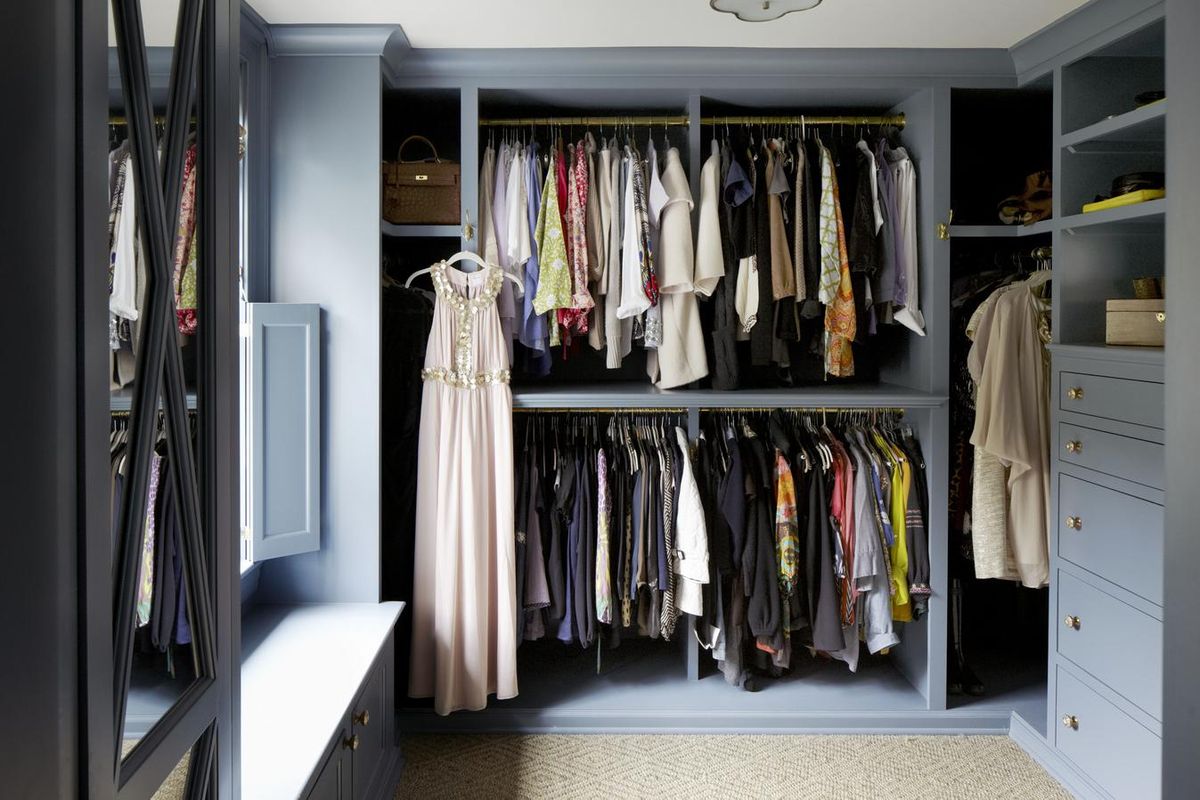
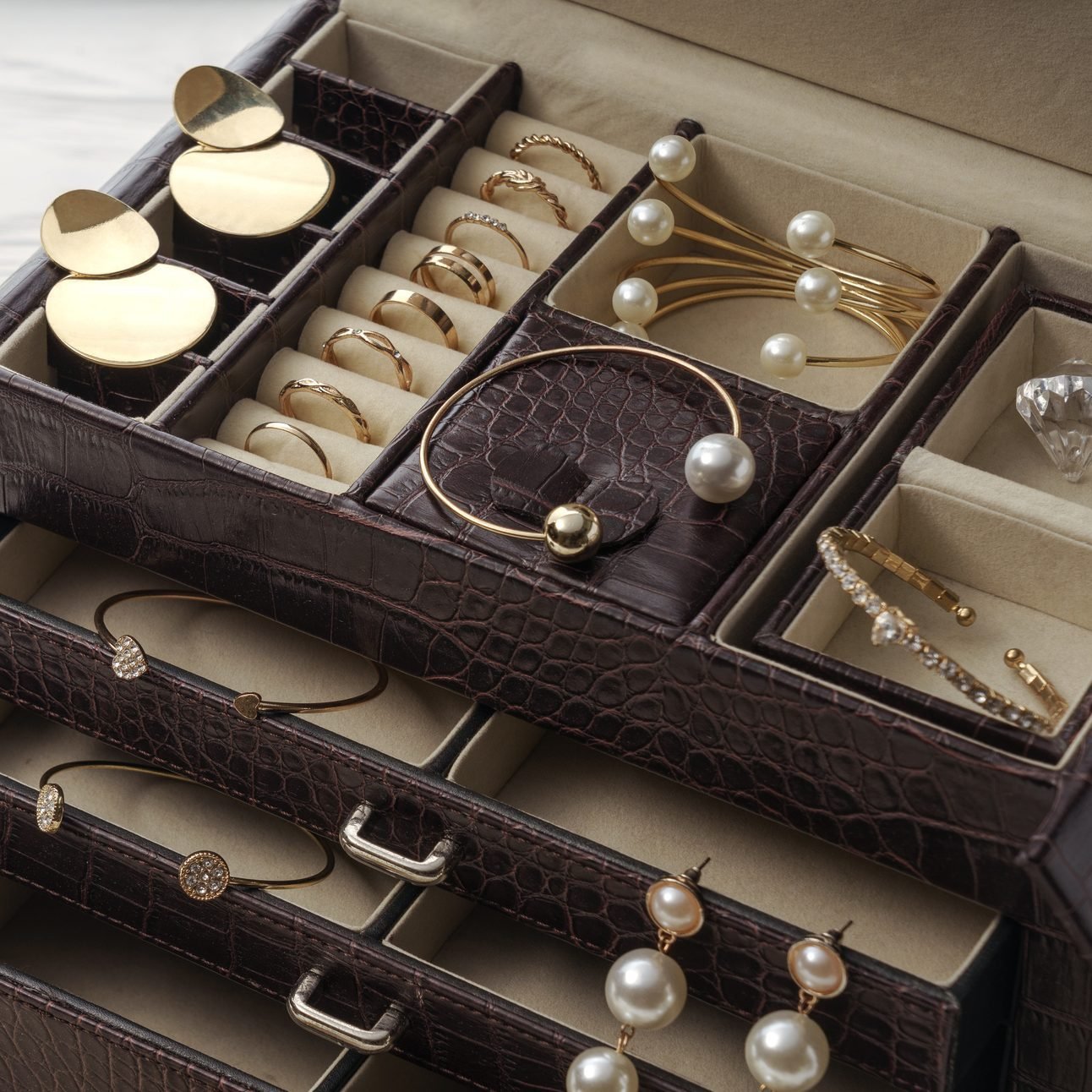
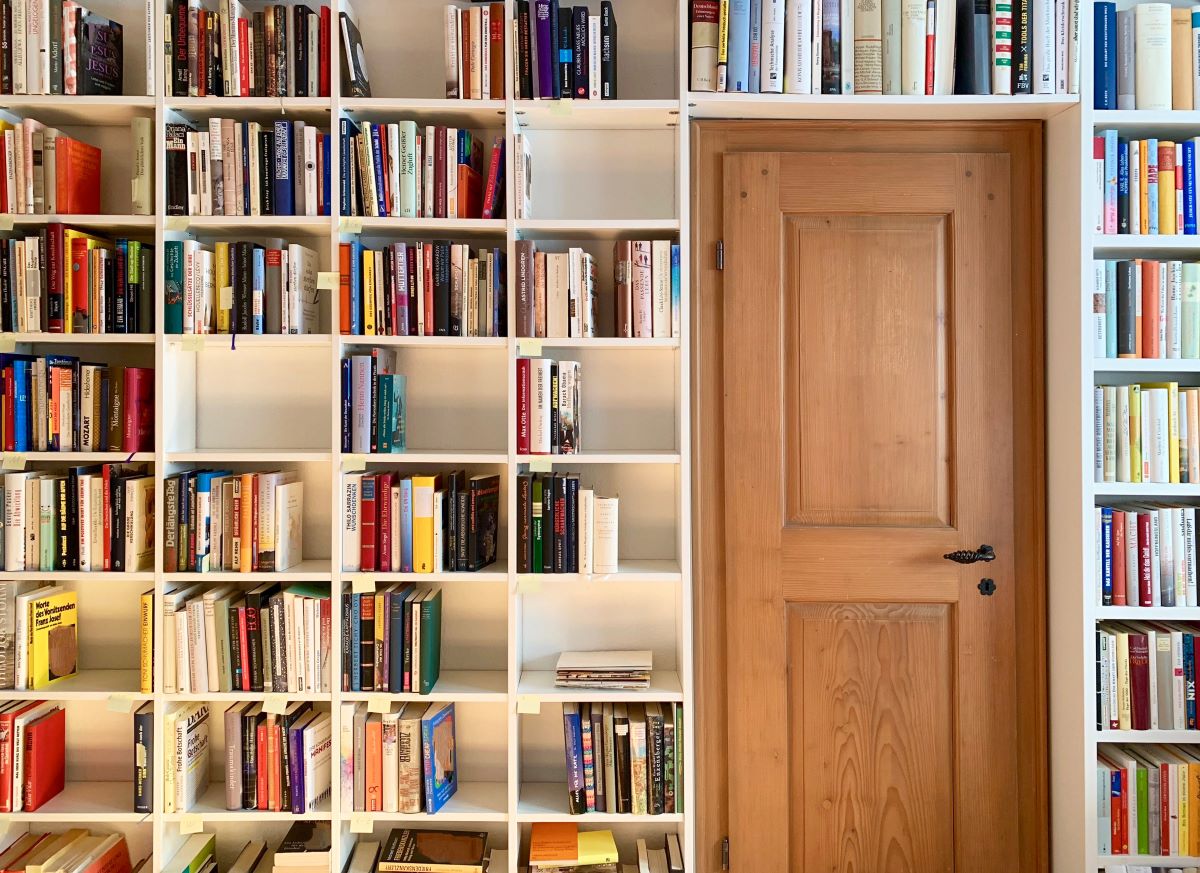
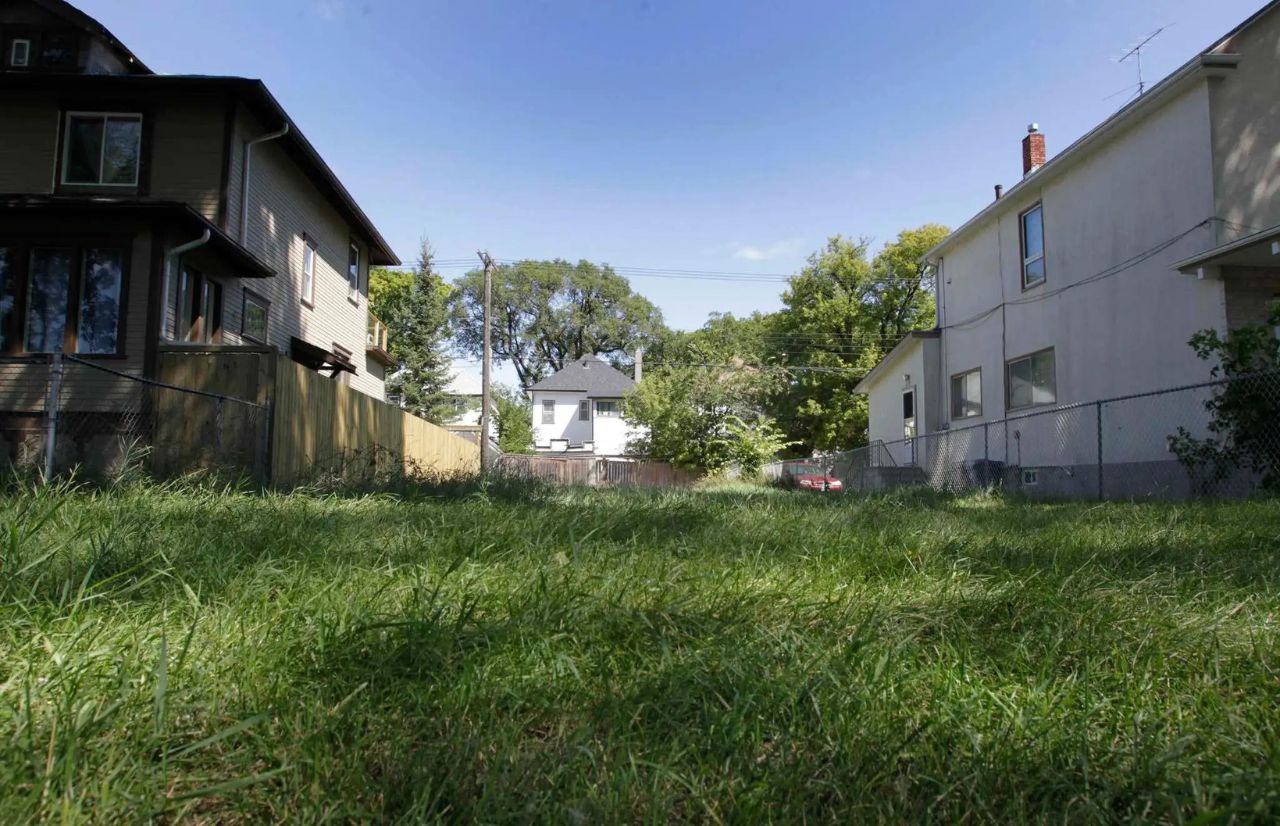
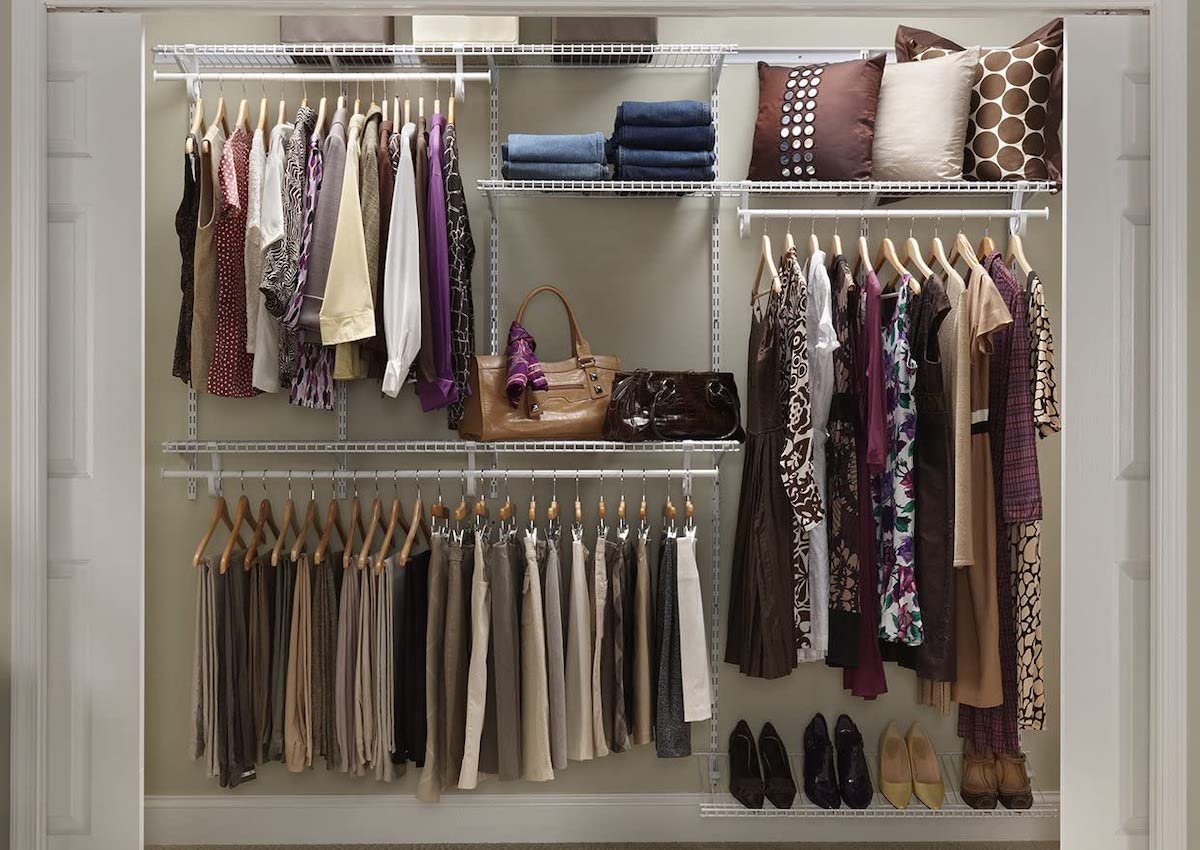
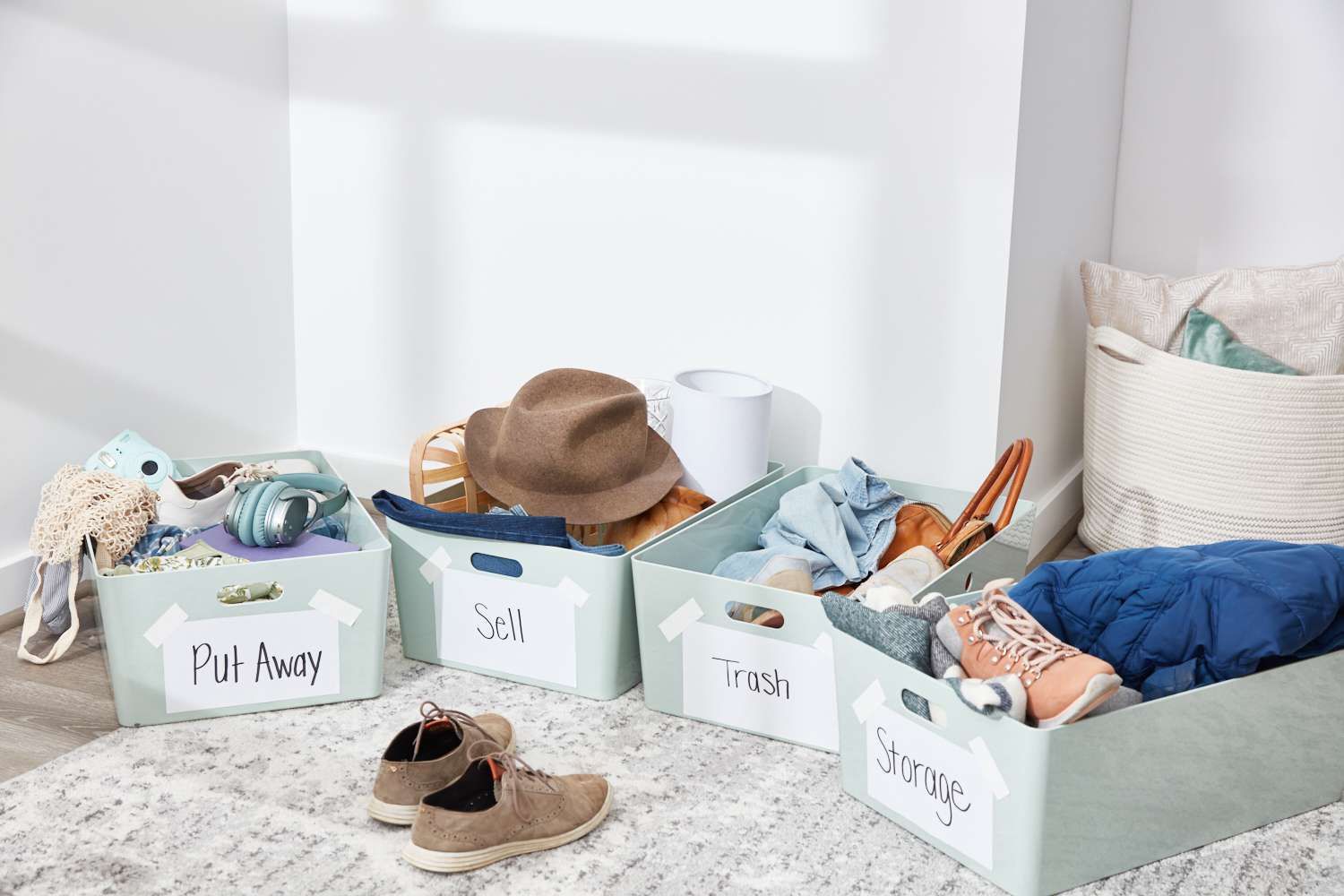
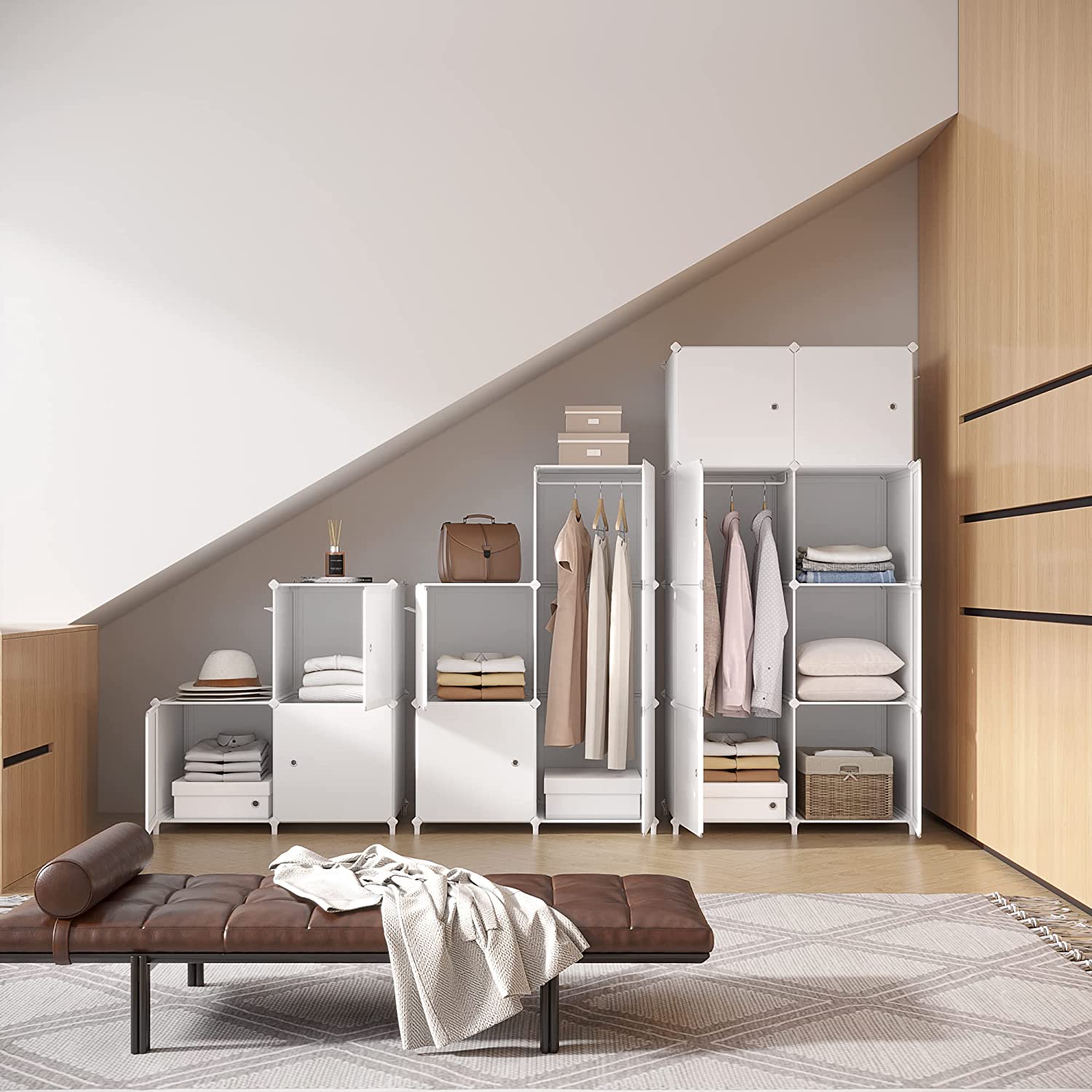
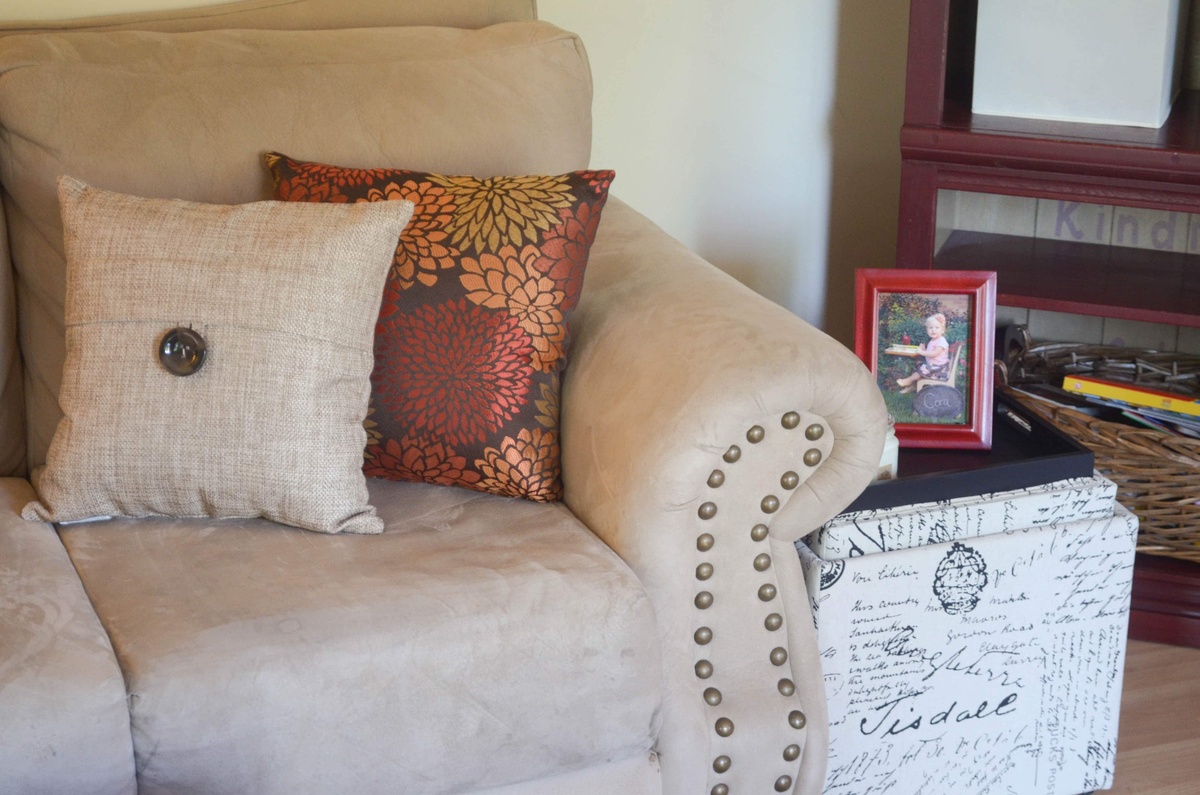
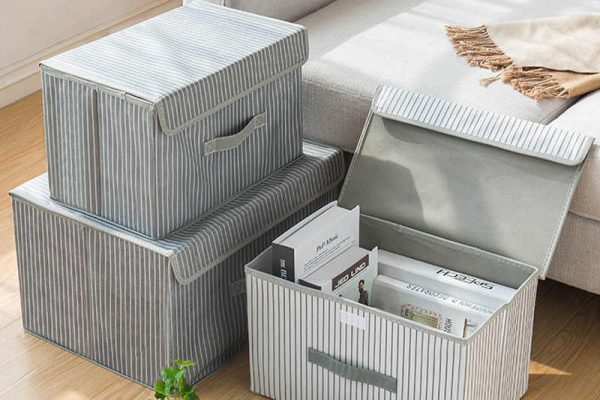

0 thoughts on “How To Organize Lots Of Clothes”